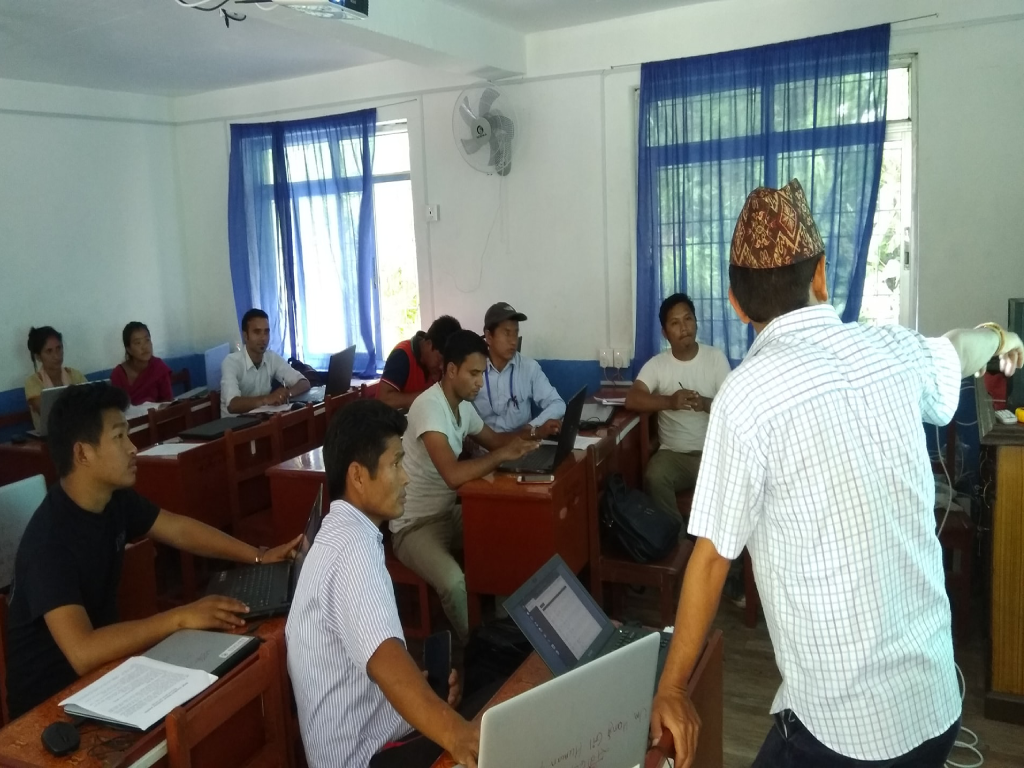
Introduction
The Government of Nepal’s reluctance to embrace open-source technologies stems from several systemic challenges and deep-rooted factors. Open-source software (OSS) represents a significant shift from traditional proprietary systems, offering advantages like cost efficiency, flexibility, and adaptability. However, the integration of OSS in Nepal’s public sector faces hurdles that need addressing. Open-source technologies present a compelling alternative to traditional proprietary software, offering advantages such as reduced costs, increased flexibility, and enhanced adaptability. For the Government of Nepal, the adoption of open-source software (OSS) could potentially revolutionize its IT infrastructure by providing cost-effective and customizable solutions that better meet the needs of the public sector. Despite these benefits, there is a notable reluctance to integrate OSS into government operations. This hesitance is influenced by several systemic challenges and deeply ingrained factors that hinder the transition from proprietary systems to open-source alternatives. Understanding these obstacles is crucial for developing effective strategies to promote and facilitate the adoption of OSS within the government.
Background
The slow adoption of open-source technologies by the Government of Nepal can be attributed to multiple factors. First, there is a significant gap in awareness and expertise regarding OSS among government officials and IT staff. This lack of knowledge extends to the technical skills required for implementing, maintaining, and optimizing open-source solutions. Without proper training and support, the transition to OSS can seem daunting and impractical.
Additionally, Nepal’s existing IT infrastructure presents compatibility challenges with open-source tools. Integration with outdated or proprietary systems requires careful planning and resources, which may not always be readily available. Security concerns further complicate matters; although OSS can offer robust security through its transparency, there is a perception that it is less secure than established proprietary systems. The absence of dedicated support from the OSS community exacerbates these concerns.
Regulatory and policy barriers also play a role in the cautious approach towards OSS. The lack of clear frameworks and policies supporting open-source adoption means that existing regulations favor proprietary solutions, making it difficult for government agencies to deviate from traditional practices. Addressing these issues involves comprehensive strategies including education and training, infrastructure planning, security enhancements, and supportive policy development. By tackling these challenges, the Government of Nepal can pave the way for a more inclusive and innovative approach to technology in the public sector.
Challenges and Barriers
1. Lack of Awareness and Expertise: One of the primary obstacles is the limited awareness and understanding of open-source technologies among government officials. This knowledge gap extends to the technical expertise required to implement, maintain, and leverage OSS effectively. Without proper training and support, government staff may hesitate to transition from familiar proprietary systems to open-source alternatives.
2. Infrastructure and Compatibility Issues: Nepal’s existing IT infrastructure may not always align seamlessly with open-source solutions. Compatibility concerns with existing proprietary systems and the challenge of integrating new OSS tools with outdated or disparate technologies can deter adoption. The transition demands significant resources and planning, which might not be readily available.
3. Security and Support Concerns: Security is a major concern for government operations. Open-source software, despite its potential for robust security through transparency, is often perceived as less secure compared to well-established proprietary systems. Additionally, the lack of dedicated support and assurance from open-source communities can make governments cautious, as they seek reliable and predictable support mechanisms.
4. Regulatory and Policy Barriers: The absence of clear regulatory frameworks and policies supporting open-source adoption can create a conservative approach towards technology procurement. Governments often rely on established policies and regulations that favor proprietary solutions, making it difficult to deviate towards open-source options.
Suggested Measures for Improvement
1. Education and Training: To overcome the awareness and expertise gap, the government should invest in education and training programs focused on open-source technologies. This would not only help in understanding the benefits but also in acquiring the necessary skills for effective implementation and management.
2. Building Infrastructure Compatibility: Addressing infrastructure and compatibility issues involves creating strategies to integrate open-source technologies with existing systems. Pilot projects and phased rollouts can help in mitigating risks and demonstrating the practical benefits of OSS in real-world scenarios.
3. Enhancing Security Protocols: Developing comprehensive security protocols tailored for open-source environments can address concerns about data protection and system integrity. Collaborating with the open-source community to implement best practices and regular security audits can help in building confidence.
4. Formulating Supportive Policies: Establishing clear policies and regulations that promote open-source adoption can pave the way for its integration. Creating frameworks that incentivize the use of OSS and provide guidelines for its evaluation and deployment can support a gradual shift towards open-source solutions.
Conclusion
While the Government of Nepal faces significant challenges in embracing open-source technologies, these hurdles are not insurmountable. By addressing issues related to awareness, infrastructure, security, and policy, the government can pave the way for more widespread adoption of open-source solutions. Such a shift has the potential to improve efficiency, reduce costs, and enhance the adaptability of government IT systems, ultimately contributing to more transparent and innovative public services.



